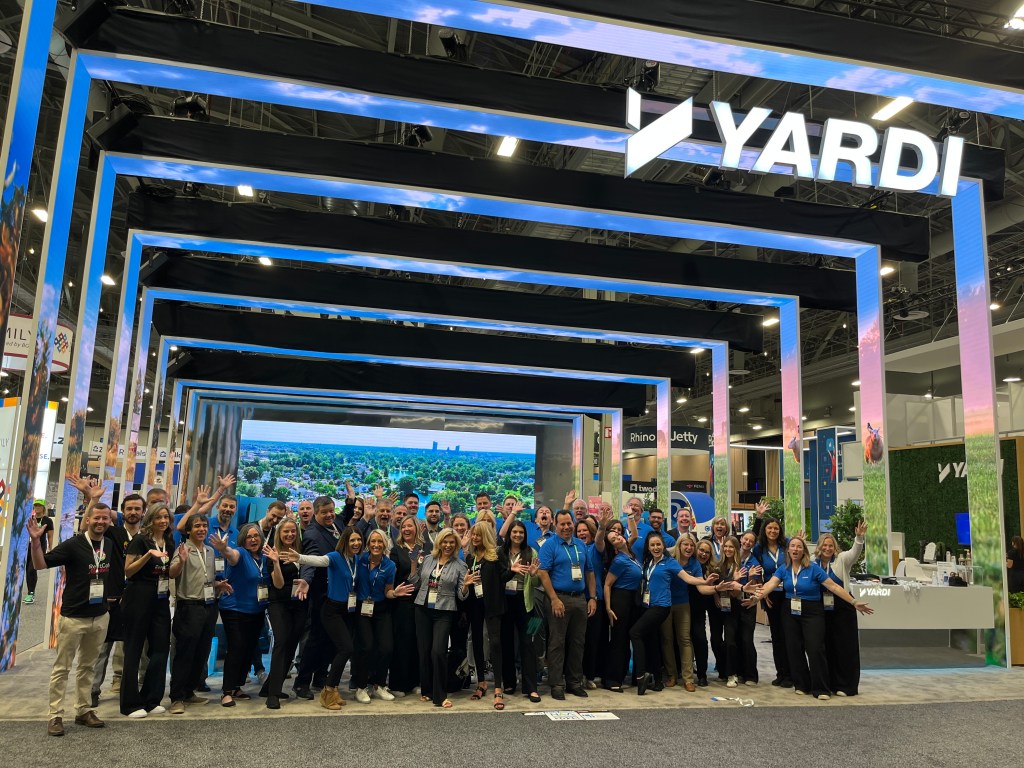By Erica Rascón on March 24, 2017 in News
Twenty years ago, mobile technology rarely made an appearance in university dormitories. Today, technology anchors both private and communal spaces in student housing. New developments depict the ra pid advancements—and changing expectations–around mobile technology in the industry.
pid advancements—and changing expectations–around mobile technology in the industry.
Connectivity
The 2017 NAA Student Housing Conference tackled the concept of wireless connectivity in university residences. Student housing should accommodate internet speeds of at least 25 MB per student per second, proposed Faith Hawks, AIA, LEED AP, Principal, at Marks Thomas Architects. That may seem excessive at first until you consider just how much bandwidth the average student consumes.
Hawks explains that students are now using an average of 10 Wi-Fi devices—at once. In addition to the expected devices such as a smartphone and laptop, many students also use a tablet, smart TV, gaming consoles, smart DVD/blue ray player, and wireless speakers. Students even strap Wi-Fi ready devices to their bodies with wearables like activity monitors and smart watches.
Pile those devices on top of smart home features such as Nest-style thermostats and virtual personal assistants, and it quickly becomes clear why 25 MB per student per second is not unrealistic.
Even when not actively in use, many programs run in the background issuing updates and exchanging data between devices. But the biggest drains on bandwidth come from streaming videos and gaming. Neither is particularly educational, but both are an integral part of the student life experience.
Shared Spaces
Outside of their apartments, students’ technology expectations do not diminish. Tech rich communal spaces, including charging stations and smart boards, prove to be a strong selling point for properties.
In Rethinking Student Housing Interiors, Rick Reid of HPA Design Group explains, “To be competitive in today’s market means attracting students by providing them with housing they can relate to; common areas. Interior designers have been predicting this trend for years with the growing number of apartment rebranding project on the boards. Furthermore, whether it’s new construction or a renovation project, the concept of creating a living/learning environment for student housing is a trend worth noting.”
Tech features will not entirely supersede the creature comforts that make communal spaces inviting. Students still want hip but cozy places to congregate even if their eyes will be glued to personal devices most of the time. Comfortable seating that is easily rearranged for solitude or group activities ranks high on the list of priorities.
Security
The distinction between shared spaces and common spaces broaches the topic of security. Common apartment floor plans include private bedrooms with shared entertainment spaces and kitchens. This creates a need for security between buildings, between units, and between bedrooms within units.
Keyless entry is the next step in student housing security. Smartphone apps are the new keys. In addition to impressing tech-happy Millennials, keyless entry saves time and money for staff.
Student units can turn over every semester. Changing locks four times a year, or even once a year, is a burden on staff. When keys are lost, staff must order or cut a replacement. Keyless entry eliminates those concerns, saving time for leasing staff and students alike.
Numerous companies offer keyless entry options for student housing, including Stratis, which is currently in use in 300 properties throughout the United States.
The Control Smart Locks with ENGAGE offer relatively inexpensive and easy-to-use keyless entry options for student housing.
Stratis CEO Felicite Moorman champions her product’s simplicity. “I test everything on my seven-year-old, and if she can’t use it, we try to figure out what happened.”
Keyless entry also offers the added convenience for guest passes. From the app, residents may issue an access code that can be used to enter the unit at a specific time for a specific duration of time. The access code is then revoked. This method offers a safe and inexpensive alternative entry method of maintenance techs, dog walkers, and other visitors.
As technology advances, the demands on student housing designers will continue to change. Stay abreast of the most recent advancements at the 2017 InterFace Student Housing Conference this April 5-7 in Austin. You are invited to stop by booth #600 to meet the Yardi team and learn more about the Yardi Student Housing Suite.


